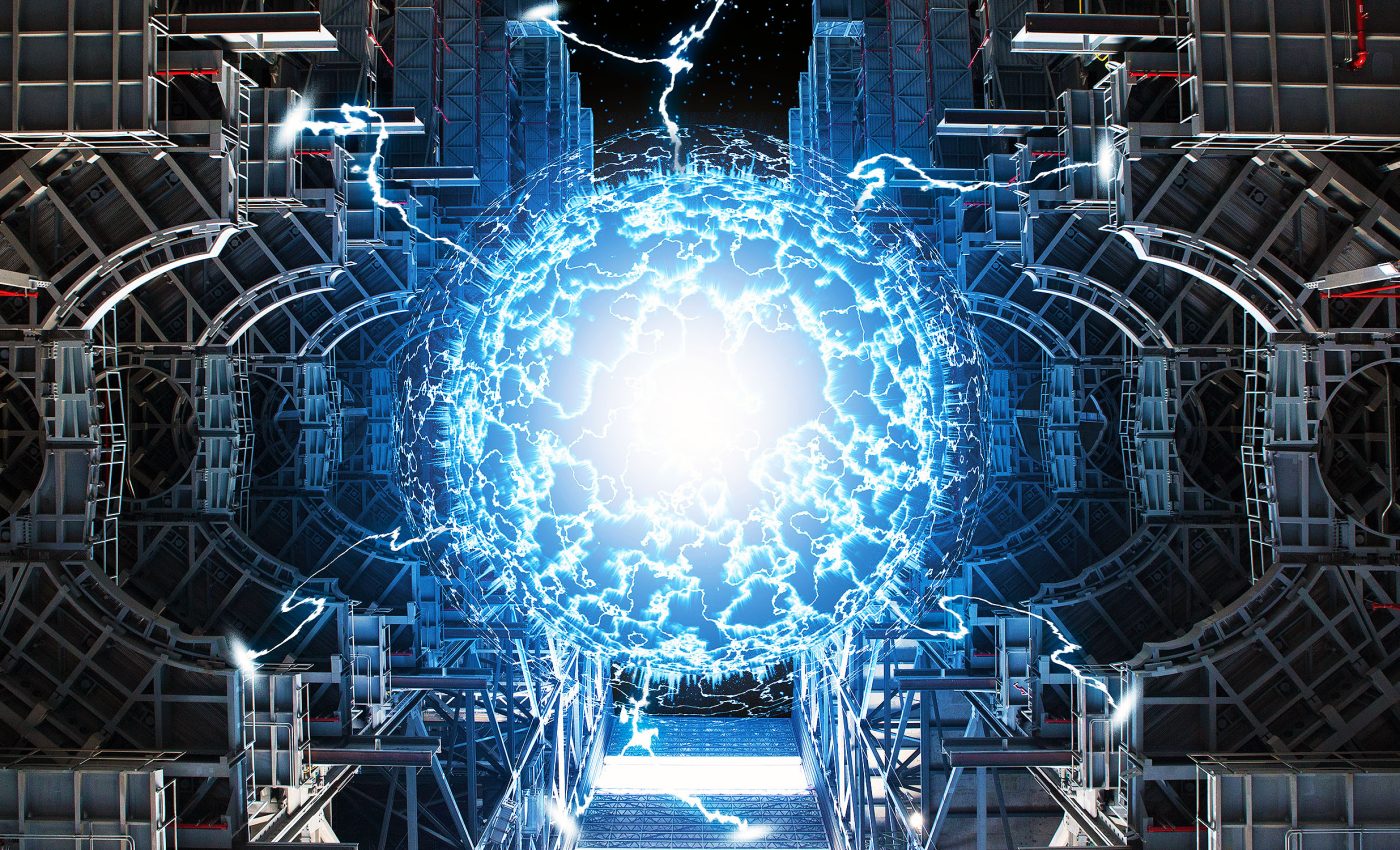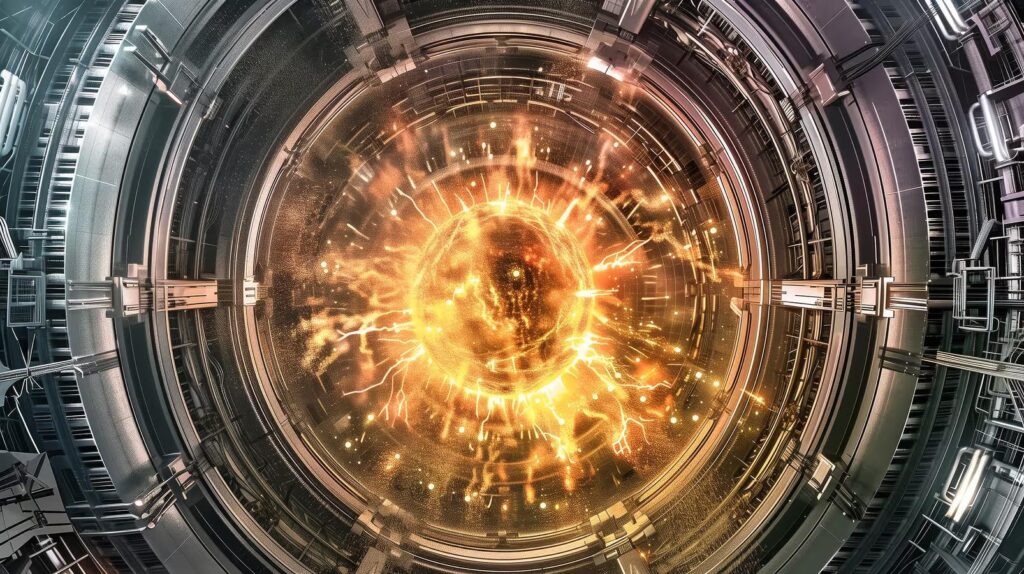In a monumental stride towards sustainable energy, China’s Experimental Advanced Superconducting Tokamak (EAST), often referred to as the “artificial sun,” has achieved a groundbreaking milestone. The reactor sustained a high-temperature plasma for an unprecedented 1,066 seconds, setting a new world record in the field of nuclear fusion research.
This remarkable feat was accomplished at the Hefei Institutes of Physical Science under the Chinese Academy of Sciences. The EAST reactor maintained plasma at temperatures exceeding 100 million degrees Celsius for nearly 18 minutes, a significant leap from its previous record of 403 seconds set in 2023. This advancement brings scientists closer to replicating the sun’s energy production process on Earth, potentially unlocking a future of clean and virtually limitless energy.

The director of the EAST project, Dr. Zhang Xinjian, expressed his enthusiasm, stating, “This achievement is a testament to our team’s dedication and the continuous support from the global scientific community. Sustaining plasma at such high temperatures for over 1,000 seconds is a critical step towards making fusion energy a viable resource.”
Nuclear fusion, the process powering stars, involves merging light atomic nuclei to form heavier ones, releasing vast amounts of energy. Unlike nuclear fission, fusion produces minimal long-lived radioactive waste and carries a lower risk of catastrophic failure, making it a highly attractive energy source. However, replicating these conditions on Earth requires maintaining extremely high temperatures and pressures, a challenge that has long confounded researchers.
The recent success of EAST not only demonstrates China’s growing prowess in fusion research but also contributes valuable data to international efforts, including the International Thermonuclear Experimental Reactor (ITER) project in France. ITER aims to prove the feasibility of fusion as a large-scale energy source, and insights from EAST’s experiments are expected to inform its operations.

Dr. Maria Zuber, a prominent physicist at the Massachusetts Institute of Technology, commented on the development: “EAST’s latest milestone is a significant contribution to the global fusion research community. Achievements like this accelerate our collective journey towards harnessing fusion energy.”
While the path to commercial fusion energy remains challenging, EAST’s accomplishment has infused the scientific community with renewed optimism. The ability to sustain high-temperature plasma for extended periods is crucial for the development of future fusion power plants, which could provide a clean and sustainable solution to the world’s energy needs.
For a visual insight into this groundbreaking achievement, watch the following video:

